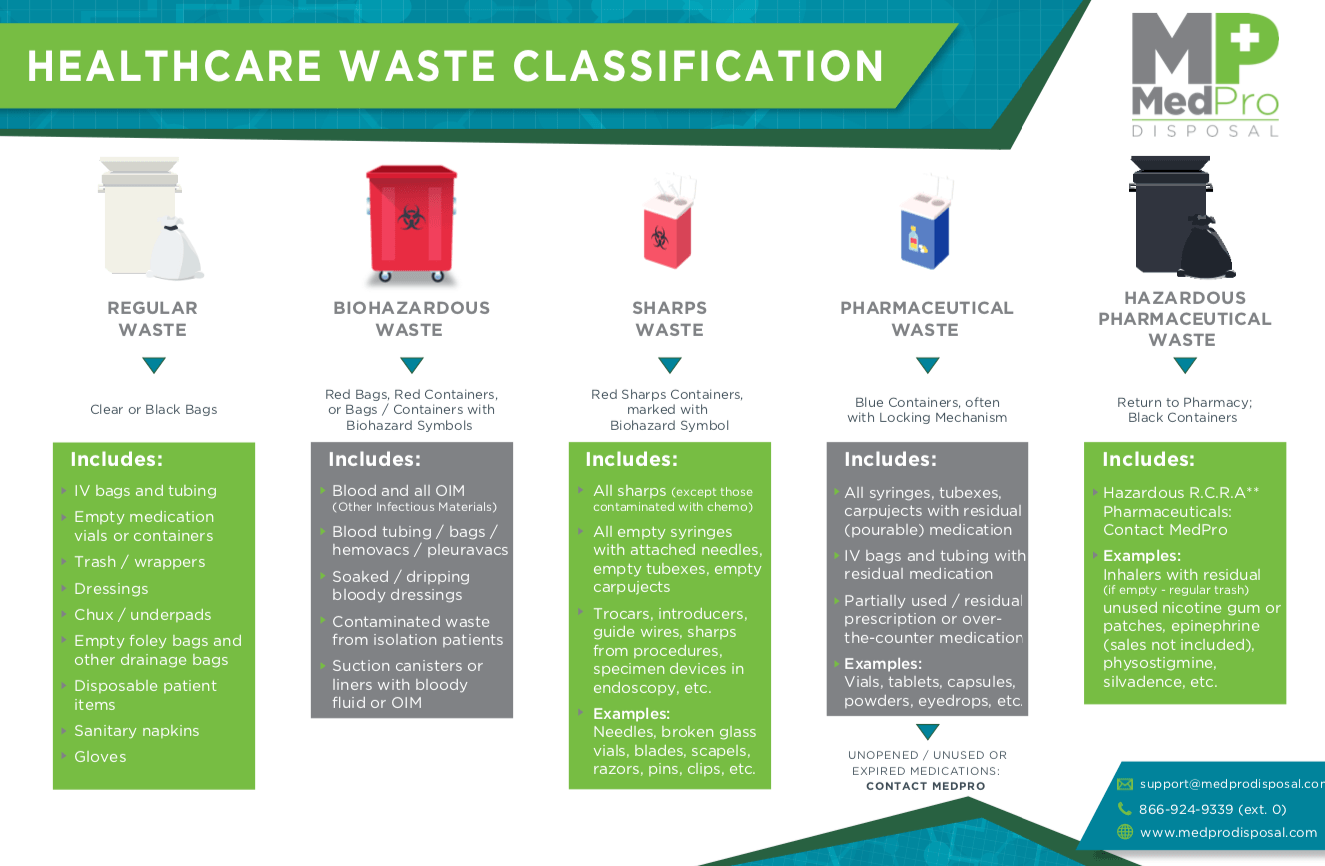Knowledge Released: Understanding the Art of Medical Waste Removal for Wellness Facilities
Knowledge Released: Understanding the Art of Medical Waste Removal for Wellness Facilities
Blog Article
Checking Out Various Waste Disposal Options for a Cleanser Atmosphere
In the search of a cleaner setting, the monitoring of waste disposal has actually emerged as an important focal point for lasting growth. With a wide range of waste disposal options offered, varying from traditional garbage dump approaches to ingenious waste-to-energy technologies, the option of how we manage our waste has far-ranging implications for our world's well-being.
Recycling Approaches
Carrying out effective recycling approaches is important in lessening waste and advertising sustainability in our environment. Recycling entails the process of transforming waste materials right into reusable challenge avoid unneeded disposal. Among the most typical recycling techniques is worldly recuperation, where products like paper, glass, metal, and plastic are collected, arranged, and refined to produce brand-new items. This process not only preserves natural sources yet also lowers energy usage and greenhouse gas exhausts related to generating new materials from square one.
An additional essential recycling approach is composting, which involves decomposing organic waste like food scraps and backyard trimmings into nutrient-rich dirt. By integrating these various reusing techniques into our waste monitoring methods, we can dramatically lower our ecological impact and relocate in the direction of a much more sustainable future.

Composting Strategies
Reliable waste management techniques, such as recycling techniques, pave the way for a cleaner atmosphere, and currently, changing the emphasis to 'Composting Techniques', we discover lasting ways to disintegrate organic waste for environmental advantage. medical waste removal.
Composting is an all-natural process that changes natural waste, like food scraps and backyard trimmings, right into a nutrient-rich soil change. The secret to effective composting hinges on developing the best balance of environment-friendly materials, such as fruit and vegetable scraps, and brownish products, like dried out twigs and fallen leaves. These materials decay with the assistance of microorganisms, damaging down the waste right into useful garden compost.
There are numerous composting techniques readily available to match various demands. Typical yard composting entails layering organic materials in a container or heap and regularly turning the mixture to aerate it. Vermicomposting, on the various other hand, uses worms to damage down raw material into compost (click here). For those with restricted room, indoor composting systems give a hassle-free solution. By making use of composting strategies, we can decrease the quantity of waste sent to landfills while developing an advantageous product for enhancing soil and sustaining plant growth.
Incineration Disadvantages and pros
Incineration, as a waste disposal method, presents both benefits and drawbacks that merit mindful consideration in the realm of lasting waste administration methods. On the favorable side, incineration can significantly lower the quantity of waste, minimizing the need for garbage dump room and possibly reducing greenhouse gas emissions.
Furthermore, the high preliminary investment and functional expenses of incineration facilities pose economic obstacles, making it a much less cost-effective alternative contrasted to other waste management approaches. Careful surveillance and guideline are crucial to alleviate these negative influences and maximize the advantages of incineration as component of an extensive waste monitoring approach.
Landfill Monitoring Techniques
Landfills play a crucial duty in waste management and environmental preservation by offering a control system for the disposal of solid waste materials. By condensing the waste, the volume is minimized, permitting for even more waste to be fit over time.
Furthermore, the application of daily cover methods is important in reducing smells, avoiding litter, and decreasing the attraction of pests. Treatment the disposed waste at the end of each day assists to have odors and stop prospective ecological contamination. Additionally, the surveillance of landfill gas exhausts and leachate degrees is critical in making sure that ecological standards are satisfied and that any type of prospective risks to surrounding environments are decreased.

Waste-to-Energy Technologies
One of the cutting-edge methods to waste monitoring involves using Waste-to-Energy innovations to transform strong waste right into usable power resources. Waste-to-Energy (WtE) innovations incorporate a variety of procedures that aim to remove power from waste materials with thermal, chemical, or biological means. This conversion procedure not just minimizes the quantity of waste that winds up in land fills but likewise creates valuable energy resources such as electrical power, warm, or biofuels.
There are numerous methods of Waste-to-Energy conversion, including gasification, pyrolysis, and incineration. Incineration involves burning waste at high temperature levels to create heat and electrical power. Gasification converts waste into a syngas, which can be made use of for power generation or chemical production. Pyrolysis breaks down organic materials utilizing high temperature levels in the lack of oxygen, generating char, bio-oil, and gas.
Executing Waste-to-Energy innovations can aid minimize ecological concerns associated with standard waste disposal methods while at the same time supplying a sustainable power source. Cautious consideration has to be offered to discharges control and ensuring the sustainability of feedstock materials for these innovations to be absolutely valuable for a cleaner setting.
.jpg)
Verdict
In verdict, exploring various garbage disposal alternatives such as recycling, composting, incineration, land fill management, and waste-to-energy modern technologies is necessary for advertising a cleaner atmosphere - click here. Each method has its very own advantages and challenges, yet by using a combination of these techniques, we can work towards lowering the quantity of waste that finishes up in landfills and ultimately add to an extra sustainable future for generations to come
With a wide range of waste disposal options readily available, ranging from typical garbage dump methods to cutting-edge waste-to-energy technologies, the option More Info of just how we handle our waste has far-ranging implications for our world's health. medical waste disposal.Incineration, as a waste disposal technique, offers both advantages and negative aspects that merit mindful consideration in the realm of lasting waste management methods.Land fills play a critical role in waste monitoring and environmental conservation by providing a containment system for the disposal of solid waste products. By condensing the waste, the quantity is lowered, allowing for even more waste to be accommodated over time
One of the ingenious methods to squander management includes utilizing Waste-to-Energy technologies to transform strong waste into useful power resources.
Report this page